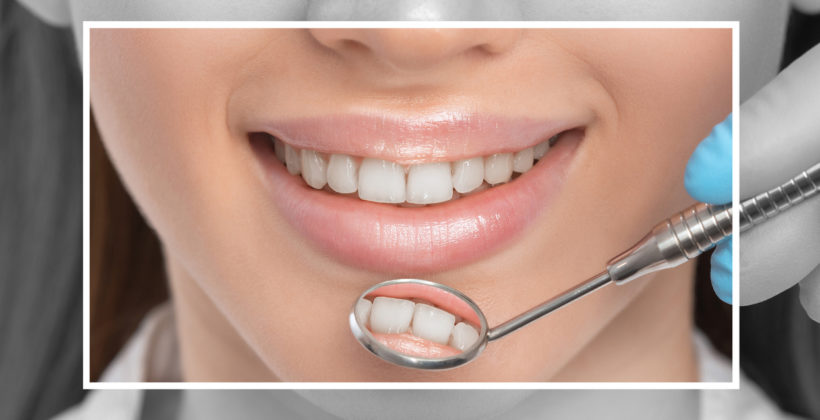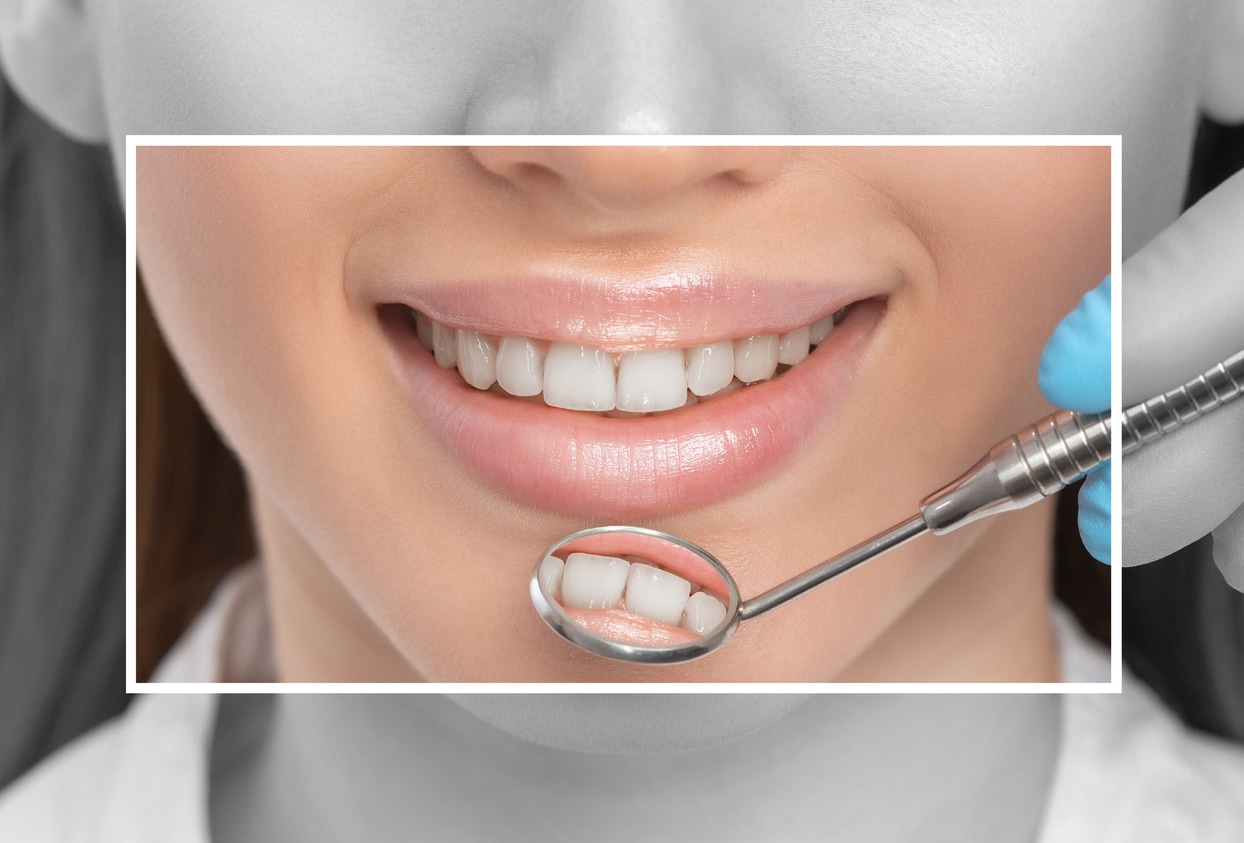

Crowns and bridges are a popular dental procedure for replacing one or more missing teeth. A dental crown is a “cap” made from a hollow artificial tooth that is placed over a damaged tooth to protect the tooth and restore its appearance. A dental bridge is one or more artificial teeth fused together and used to “bridge” the gap created by one or more missing teeth. The dental bridge is typically held in place by two crowns affixed to healthy teeth on either side of the gap. Together, they are referred to as crowns and bridges.
If you lose a tooth, your family dentist may recommend one or more options for tooth replacement, depending on the condition of your jaw, gums, and teeth. These include dental implants, dentures, or crowns and bridges.
Why might crowns and bridges be a good choice for tooth replacement?
Crowns and bridges are often recommended for tooth replacement when:
- The condition of your underlying jawbone is strong.
- Your gums are healthy
- The two teeth on either side of the gap are strong.
If the natural teeth on either side of the gap are not in good condition, your dentist may recommend dental implants to hold the crown in place.
What’s involved in a crown and bridge procedure?
The procedure for crowns and bridges is typically completed in two visits.
First visit – preparation
During the first visit, your dentist will make preparations for the bridge placement including:
- Taking impressions (or molds) of your existing teeth to custom-make the bridge
- Filing down the healthy teeth on either side of the gap to prepare them for crowns.
- Placing a temporary crown and bridge to protect your gums and teeth.
The molds will be sent to a dental specialist who will create the crown and bridge in one piece to comfortably fit in your mouth, matching the shape and colour of your existing teeth.
Creating the crown and bridge typically takes a few days.
Second visit – placing the crown and bridge
In the second visit, the custom-made crown and bridge will be placed and fitted in your mouth
- Placing the bridge with a light adhesive to check for fit.
- Making adjustments as needed until it feels natural in your mouth.
Once placed, ideally you should feel no difference between the crown and bridge and your original teeth. When you’re happy with the fit and feel, the crowns are cemented onto the healthy teeth (or implants), fixing the bridge in place.
Caring for crowns and bridges
Crowns and bridges look and feel a lot like natural teeth. Unlike dentures, they are permanently placed in your mouth – you don’t remove them at night or to clean them.
However, since crowns and bridges are made from one piece, they are not quite as natural to care for as dental implants.
Flossing, brushing, and regular dental cleanings are just as important with crowns and bridges as they are for your regular teeth. You will need to use a dental threader to clean the bridge. While using a dental threader can be just as easy as flossing, it may take time before you master its use.
If you properly care for your crown and bridge, it can last 10 years or more.
For Dental Crowns and Bridges, Contact Midland Bay Dental
Midland Bay Dental has been a welcoming destination for dental services in the Midland, Ontario area since 1974. We pride ourselves in providing expert dental care, and recommending only services we believe are absolutely necessary for the health of your teeth and gums. In addition to tooth replacement, we offer a full range of cosmetic dentistry services as well as regular teeth checkups and cleanings. If you are looking for a trusted family dentist, contact Midland Bay Dental for an appointment online, or by calling us at (705) 526-6441.
Follow Midland Bay Dental on Facebook
Resource:

Leave a Reply